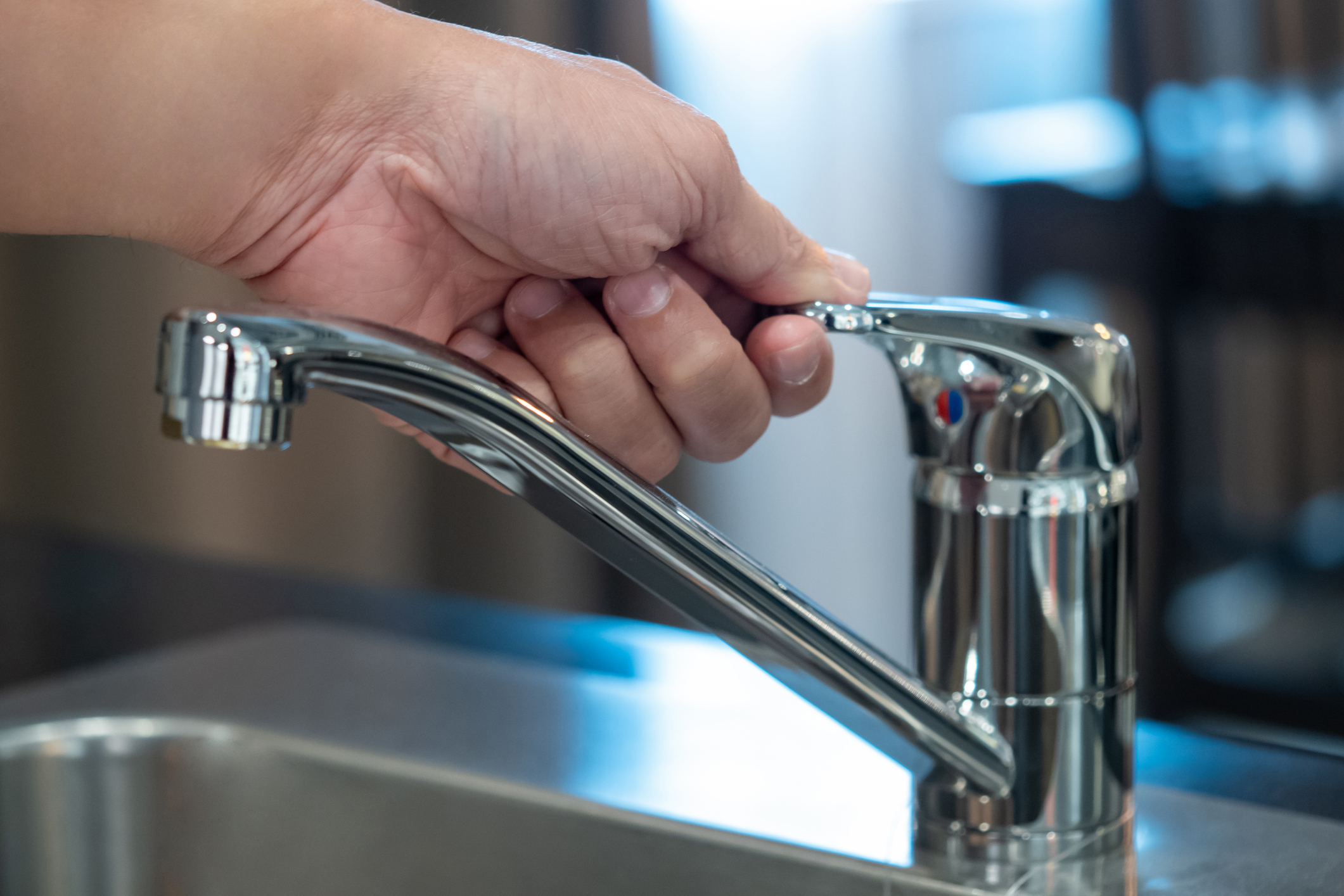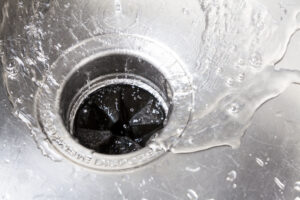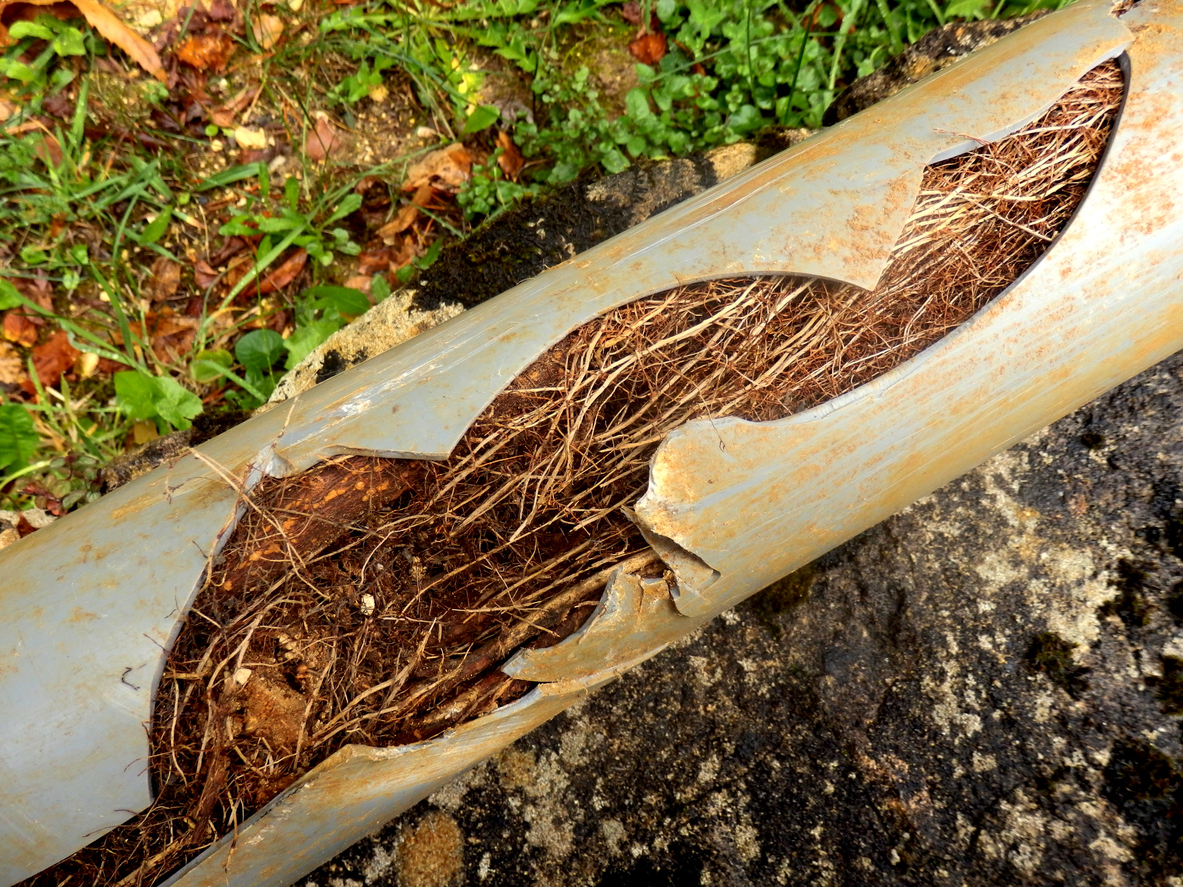How To Fix a Hard-to-Turn Faucet

Picture this: You’re getting ready for the day in your home, but your sink faucet handle refuses to budge. Frustration sets in as you struggle to adjust the water flow. Why does this happen? Leak Geeks Plumbing is here to help. We’ve been known as the region’s leading plumbing specialist since 2001, and this post will uncover the common reasons your faucet handle may be stiff and guide you through a few straightforward solutions.
6 Common Causes of a Stuck Faucet Handle
When your faucet handle is hard to turn, multiple culprits could be at play.
- Mineral buildup: Over time, hard water deposits can accumulate, causing stiffness in the handle. Residences in Keller, which often experience hard water, may see these deposits build up around the faucet joints.
- Worn-out cartridge: The internal cartridge may wear out, leading to difficulty in operation. This can happen in a faucet that hasn’t been serviced in years.
- Rust formation: Metal components can rust, especially if the faucet hasn’t been used for a while. For instance, an outdoor faucet might corrode due to weather exposure.
- Loose or misaligned parts: If components aren’t properly aligned, the handle can become stuck. A faucet in a frequently used kitchen may develop this issue over time.
- Worn seals: Aging seals inside the faucet can deteriorate, making movement difficult. This is common in older homes across NFW.
- Debris blockage: Dirt and debris can clog the faucet mechanism. Residues from a kitchen sink in a busy household may lead to blockages.
Need Help?
817-431-89294 Steps To Fix a Hard-To-Turn Faucet
When mineral buildup is the culprit behind your stubborn faucet handle, you can try the following steps to resolve it.
Gather Tools & Supplies
Start by assembling the necessary items, such as a wrench, vinegar, a toothbrush, and silicone-based lubricant. Having these on hand makes the process smoother.
Remove All Visible Buildup
Carefully detach the faucet handle and soak the affected parts in vinegar to break down mineral deposits. Use a toothbrush to scrub away residue gently.
Lubricate Moving Parts
Apply a silicone-based lubricant to the faucet’s moving components to ensure smoother operation. This step is particularly useful for homes in Southlake, where hard water buildup is common.
Reassemble Your Faucet if Needed
Finally, reattach all parts securely, and test the handle to confirm the problem is resolved. If stiffness persists, professional attention may be required.
When DIY Doesn’t Work
If these steps don’t provide relief, a licensed plumber can diagnose and fix the issue swiftly. Professional plumbers can resolve the immediate concern, explain the root cause, and offer tips to delay or prevent future occurrences. Our plumbers often recommend water softeners for houses to combat mineral buildup.
Why Choose Leak Geeks Plumbing?
For residents in North Fort Worth, Keller, Roanoke, and Southlake, Leak Geeks Plumbing stands out as the trusted choice for plumbing services. Our customer-first approach includes upfront pricing, so you’re never surprised by hidden fees. We offer convenient and prompt service tailored to your schedule. Our commitment is to leave no mess behind, ensuring your home stays spotless.
Our plumbing service providers are uniformed, courteous, and informed, and they prioritize your satisfaction. We also pledge to give back to the community, exemplifying our dedication to local neighborhoods.
Got a stubborn faucet handle in the North Fort Worth area? Contact Leak Geeks Plumbing today for expert service and enjoy hassle-free solutions that last.
Why Choose Leak Geeks Plumbing?
Got Leaks? Get the Geeks!
At Leak Geeks Plumbing, we guarantee prompt and reliable service for all your plumbing needs. Our team of experienced technicians is committed to providing you with the best possible service, and we stand behind our work with a satisfaction guarantee. Some of the benefits of choosing Leak Geeks Plumbing include:
- Upfront pricing with no hidden fees.
- All work is performed by trained, licensed, and insured professional plumbers.
- Uniformed, courteous, and informed plumbing service technicians.
- State-of-the-art equipment and technology.
- Guaranteed workmanship quality for all plumbing repair and installation services
- We leave no mess behind.















